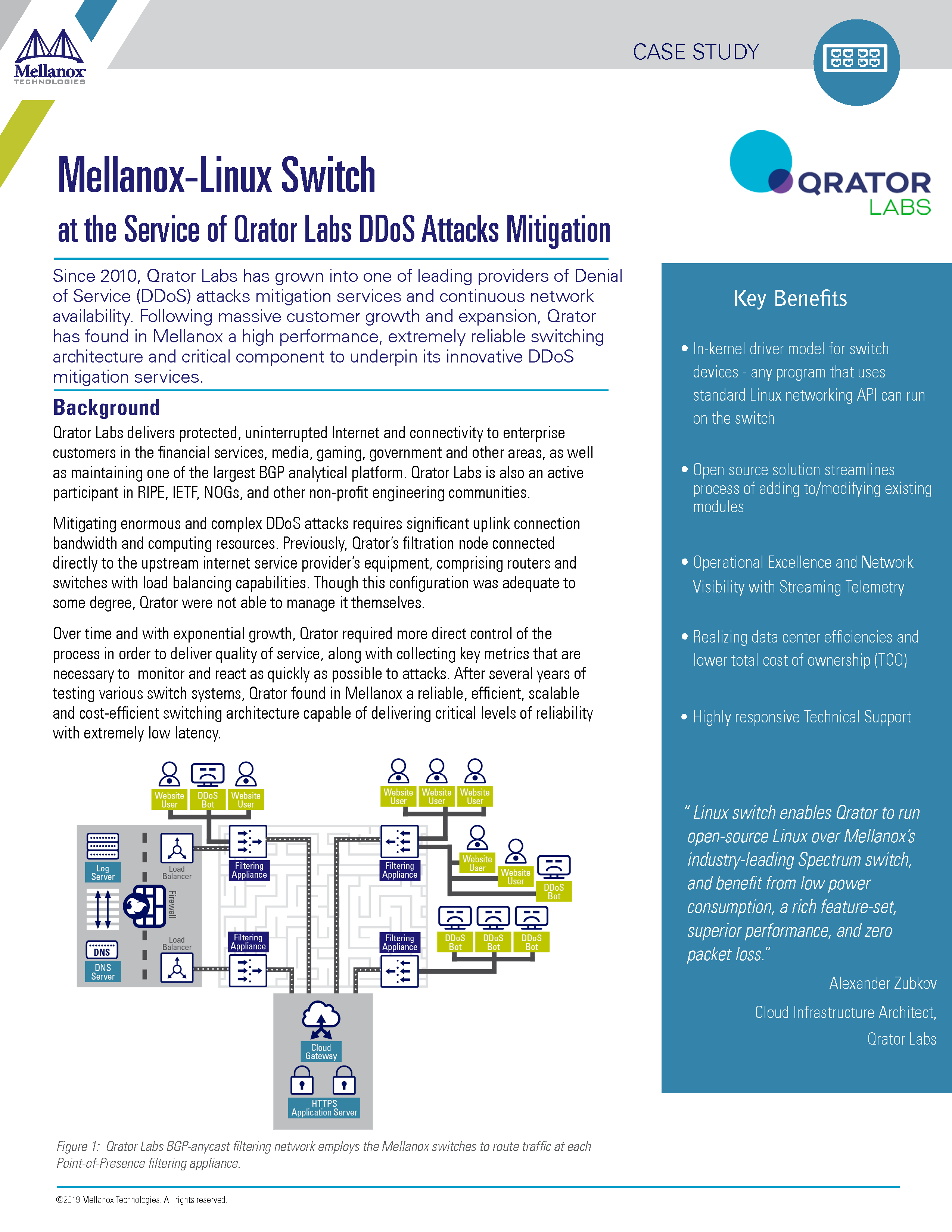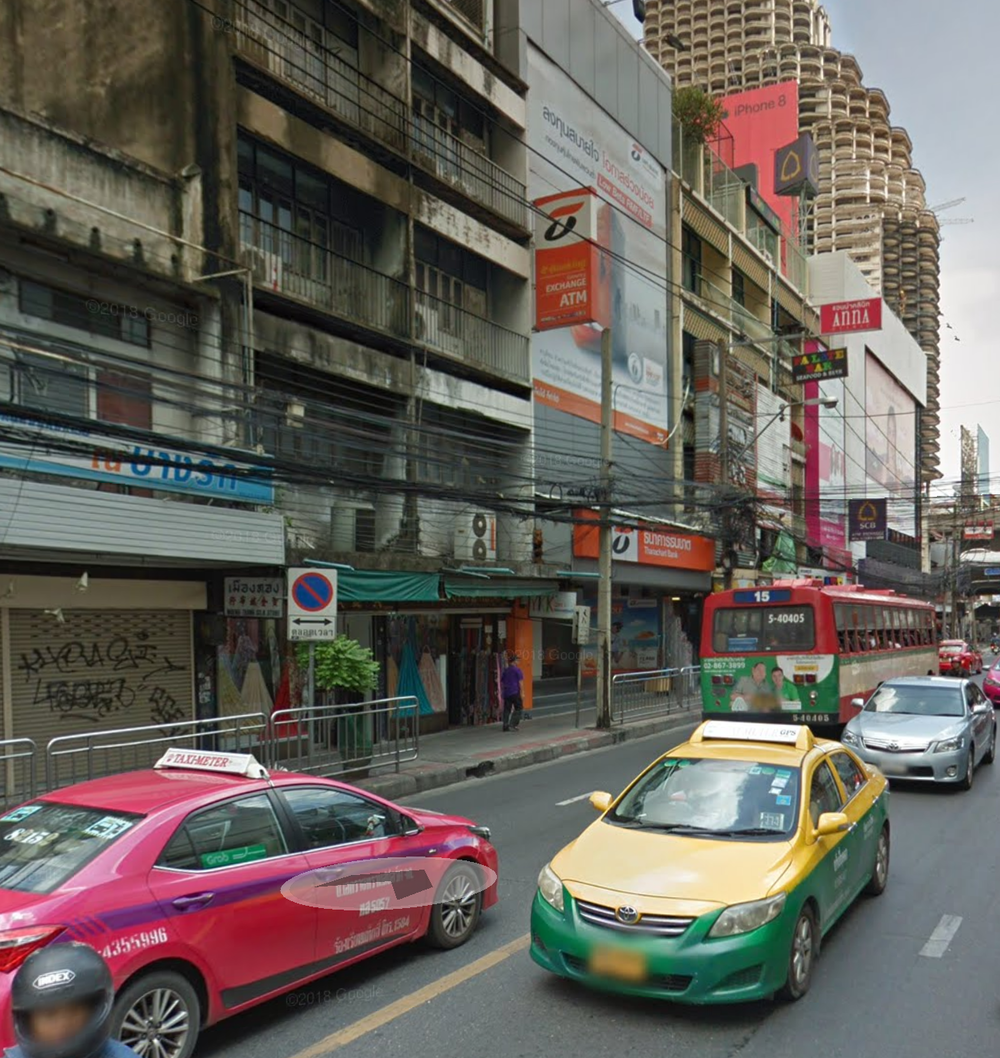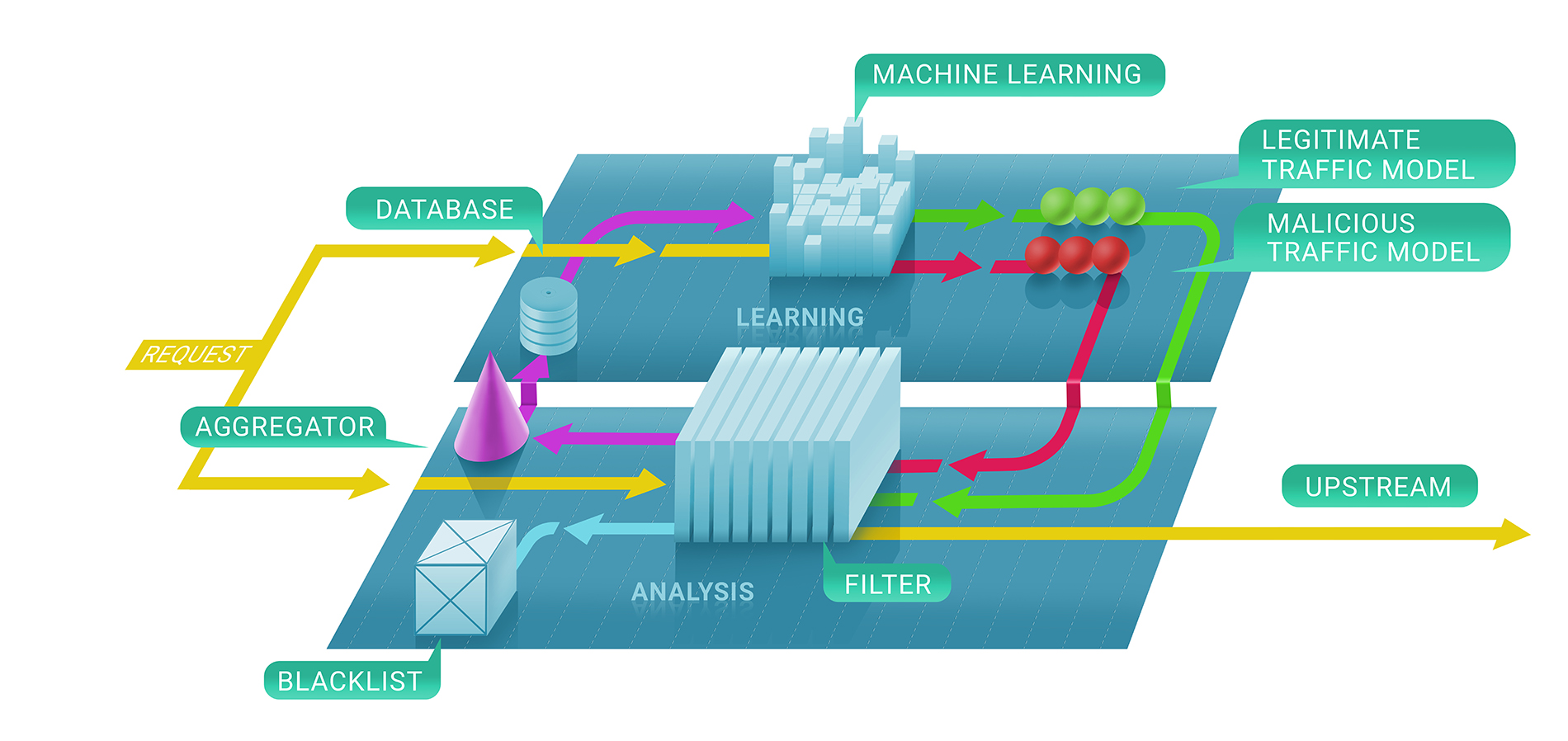tl;dr
github.com/QratorLabs/fastenum
pip install fast-enum
What are enums
(If you think you know that — scroll down to the “Enums in Standard Library” section).
Imagine that you need to describe a set of all possible states for the entities in your database model. You'll probably use a bunch of constants defined as module-level attributes:
# /path/to/package/static.py:
INITIAL = 0
PROCESSING = 1
PROCESSED = 2
DECLINED = 3
RETURNED = 4
...
...or as class-level attributes defined in their own class:
class MyModelStates:
INITIAL = 0
PROCESSING = 1
PROCESSED = 2
DECLINED = 3
RETURNED = 4
That helps you refer to those states by their mnemonic names, while they persist in your storage as simple integers. By this, you get rid of magic numbers scattered through your code and make it more readable and self-descriptive.
But, both the module-level constant and the class with the static attributes suffer from the inherent nature of python objects: they are all mutable. You may accidentally assign a value to your constant at runtime, and that is a mess to debug and rollback your broken entities. So, you might want to make your set of constants immutable, which means both the number of constants declared and the values they are mapped to must not be modified at runtime.






